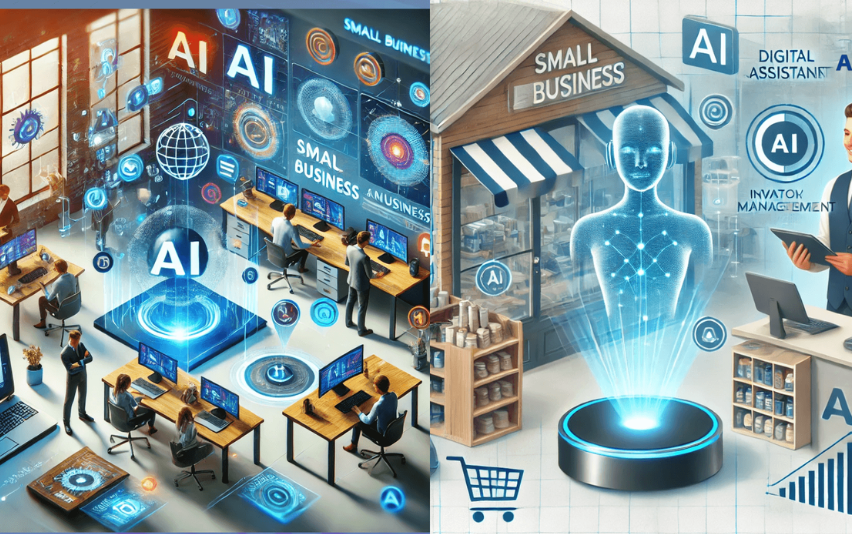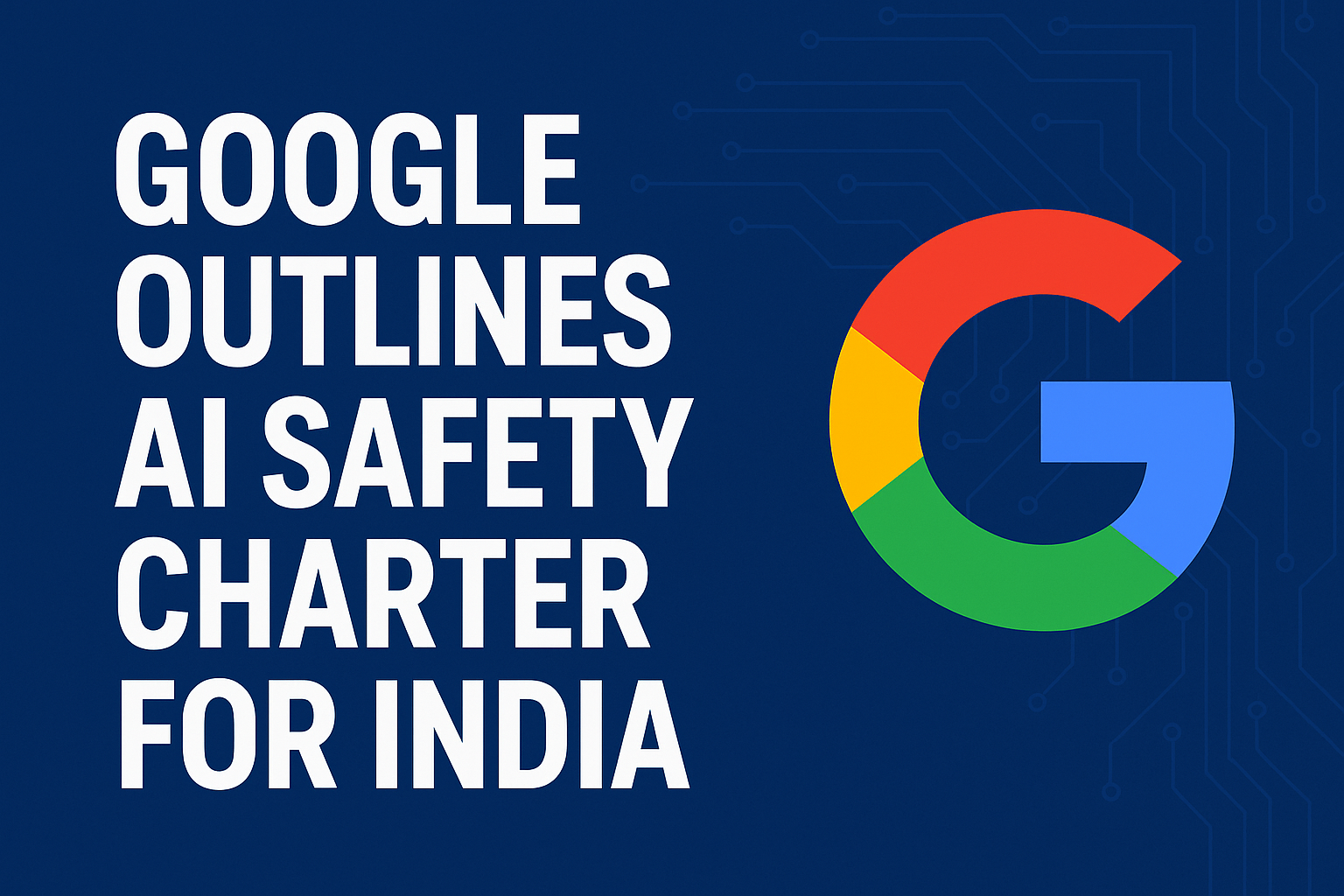Introduction
Cybersecurity has evolved from a niche concern into a boardroom priority. As cyber threats grow more sophisticated—and remote work becomes the norm—businesses must adapt. This guide dives into the most critical cybersecurity trends for 2025, giving practical steps and real-world examples so your company stays secure and future-proof.
1. AI & ML-Based Threat Detection
Gone are the days of signature-based antivirus solutions. AI and machine learning now analyze patterns in real-time, detecting anomalies before they become breaches.
Example: A health-tech company used AI to catch unusual login times across countries—stopping a data leak early.
Actionable Tip: Adopt AI-powered endpoint protection and integrate real-time monitoring systems.
2. Zero Trust Architecture
Zero Trust means “never trust, always verify.” It eliminates perimeter blind spots by continuously authenticating users and devices.
Real Example: A mid-sized fintech firm rolled out Zero Trust and reduced internal phishing incidents by 70%.
Actionable Tip: Start with MFA for all critical apps, and create segmented micro-perimeters across departments.
3. Secure Work-from-Anywhere (WFH) Models
Remote setups are here to stay. So are insecure home networks.
Trend includes:
- Mandatory VPNs
- Endpoint security on home devices
- Regular patching schedules
Actionable Tip: Enforce endpoint protection, automated updates, and third-party risk assessments for remote staff.
4. Ransomware Resilience & Incident Response
Ransomware remains a top concern. In 2024 alone, attacks rose by 42%.
Best Practices:
- Offline backups (3-2-1 rule: 3 copies of data, on 2 mediums, with 1 offsite)
- Quarterly table-top incident response drills
Actionable Tip: Set up a dedicated Ransomware Response Team and rehearse response plans annually.
5. Cloud Security & Multi-Cloud Management
Cloud adoption continues—along with misconfigurations.
Trend Insight: 80% of AWS incidents are misconfig-related.
Actionable Tip: Use CSPM tools (Cloud Security Posture Management) and conduct regular multi-cloud audits.
6. Supply Chain & Third-Party Risk
Even if your infra is secure, a vendor breach can expose you.
Recent Example: A CRM vendor was compromised; 50 connected firms experienced phishing attacks.
Actionable Tip: Implement continuous vendor monitoring, require SOC 2 / ISO 27001 audits, and sign strong SLAs with security clauses.
7. Privacy-by-Design & Regulatory Compliance
GDPR, CCPA, soon PDPA… Privacy frameworks are expanding fast.
Trend: Privacy features are becoming competitive advantages (e.g., Apple App Tracking Transparency).
Actionable Tip: Conduct privacy impact assessments, bake encryption and data minimization into workflows, and train teams on data governance.
8. Cybersecurity Awareness Training & Simulation
Your team is your first line of defense.
Trend Tactic: Monthly phishing simulations + training refresher on latest scams.
Actionable Tip: Run quarterly mock phishing campaigns, share stats with management, and rotate training content.
9. Extended Detection & Response (XDR)
XDR connects alerts from endpoint, network, identity, cloud for holistic detection.
Actionable Tip: Choose XDR platforms that can integrate with existing SIEM and endpoint solutions; test via phishing + lateral movement drills.
10. Use of Deception Technology
Deception tech (honeypots, fake databases) lure attackers and alert before real breach.
Case Study: A retail chain detected ransomware deployment path through a honeypot alert.
Actionable Tip: Deploy network decoys and monitor bait systems for anomalies.
FAQ
Q1: What’s the best first step in cybersecurity for SMBs?
Start with MFA and employee training—highest ROI with minimum effort.
Q2: How often should incident response be tested?
At least quarterly tabletop exercises, annual full simulations.
Q3: How does XDR improve over SIEM?
XDR automates threat correlation across all endpoints, identities, networks, reducing blind spots and manual effort.
Structured Summary
| Trend | Why it Matters | Quick Action Step |
|---|---|---|
| AI/ML Detection | Faster threat discovery | Deploy EDR with AI analytics |
| Zero Trust | Limits lateral movement of attacks | Implement MFA + micro-segmentation |
| Secure WFH | Secures remote workforce | Use VPNs, policy-based firewalls |
| Ransomware Response | Prevents costly rampages | Offline backups + drills |
| Cloud Security | Avoids misconfig mishaps | Use CSPM & audit regularly |
| Supply Chain Risk | Mitigates third-party vulnerabilities | Enforce vendor security SLAs |
| Privacy-by-Design | Prepares for evolving regulations | Data mapping + encrypted storage |
| Team Training | Empowers your weakest link—humans | Run phishing simulations quarterly |
| XDR | Unified threat visibility | Choose integrated detection suite |
| Deception Tech | Early threat identification | Deploy honeypots + decoys |
Conclusion & What You Need to Do Now
Cyber threats are evolving—and so must your defenses. Start with the core triad:
- Employee security awareness
- MFA + patch management
- AI/ML detection or XDR
Add Zero Trust, cloud posture, and vendor audits for a more mature posture. Finish off with incident drills and deception tools to cover every angle.













